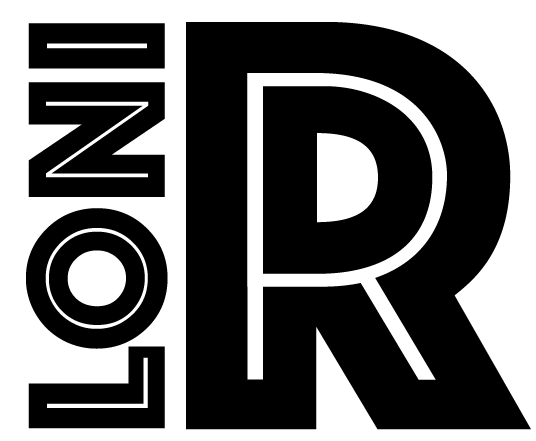- The lateral fronto-orbital gyrus is at the anterior end of the brain and consists of the inferior aspect of the inferior frontal gyrus (IFG). Its superior boundary is the lateral orbital sulcus and its posterior boundary is where the IFG meets temporal pole. Its medial boundary is the lateral segment of the H-shaped orbital sulcus. Because the lateral fronto-orbital gyrus is the inferior aspect of the IFG, it is useful to first label the inferior frontal gyrus. Masking of the lateral fronto-orbital gyrus is done in the coronal view. (Fig. 1, Fig. 2)
* This protocol relies on a previously masked inferior frontal gyrus. (See protocol for IFG.) It also assumes that the BrainSuite software is being used.
- First, the superior boundary must be defined. Using a 3D object model, orient the brain so that the anterior pole is lined up in a coronal position. Click on the point where the 3d object peaks upward laterally (Fig. 3). (Looking from the medial end of a hemisphere to the lateral end, the brain will curve up once, then go down again, then curve up again. The second curve upward is where the brain should be clicked). After double clicking on the correct spot, switch to the corresponding slice in the axial view. Fill in the preexisting IFG mask on that slice. (Fig. 3, Fig. 4).
- After filling the axial view, switch to the corresponding slice in the sagittal view. There should be a horizontal line demarcated from the masking done in the axial view (Fig. 5). Color the area below the line for all sagittal slices. (In BrainSuite click below the line on any slice and fill 3D.) This will set the general boundaries for the structure.
- Switch to the coronal view and begin at the most anterior slice of the mask created in the previous slices. Moving posteriorly, when the lateral orbital sulcus first comes into view mask it to its internal end. From there mask a straight line out to the boundary of the inferior frontal gyrus. (Fig. 6, Fig. 7)
- Moving posteriorly, the insular cortex will emerge around the slice that the ventricles emerge. At this point, be careful to exclude all insular cortex. (Fig. 8)
- Moving posteriorly the temporal pole emerges. At this point, be careful to exclude the temporal lobe. End masking when the lateral orbital gyrus is no longer visible. (Fig. 9)



